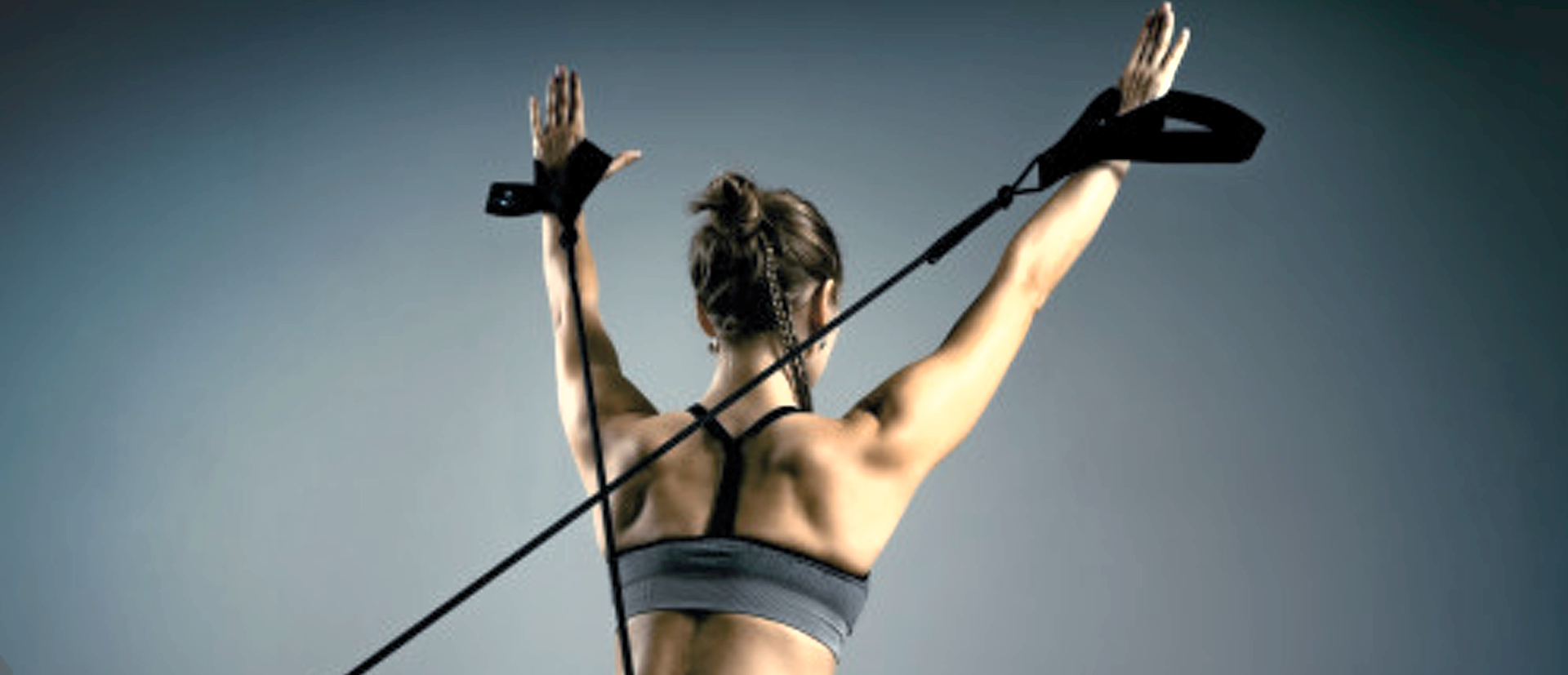
Pilates Principles
PILATES LOGIC & REASONING
The rationale for pilates practice begins with the individual desire to embrace life fully and ends with an enhanced ability to thrive with joy and vitality. According to the founder of contemporary pilates, Joseph Hubertus Pilates, “Self-confidence, poise, consciousness of possessing the power to accomplish our desires with renewed lively interest in life are the natural results of the practice of ‘Contrology’ [aka pilates].”
EVERYONE HAS THE POWER TO THRIVE AND TO LIVE WELL
It was toward this goal and purpose that Joseph created and developed his conditioning method basing the myriad elements of movement execution and mindful performance on specific intentional principles. In essence, Joseph’s six pilates principles are the philosophical underpinnings of pilates practice. In his book, Return to Life Through Contrology, written in 1920, inventor, innovator, practitioner and author, Joseph H. Pilates, describes health related aspects of his worldview and the circumstances and beliefs that moved him to exercise, and ultimately, to create his personal exercise method.
PILATES MATTERS
As the pilates practice developed six movement principles emerged as essential to the method. These principle concepts were identified as breathing, centering, control, precision, flow and concentration. These six principle concepts have been associated with the metaphysical essence of the founding pioneer’s conditioning philosophy and wellness approach. These core ideas are synonymous with the intellectual foundations of classic pilates and the principle underpinning of contemporary pilates practice throughout the world today. They lay the foundation for the pilates method upon which new concepts and ideas can be integrated to deepen awareness. As we continue to practice honoring the original foundations we are able to grow and broaden our understanding building upon the traditional knowledge base moving this unique exercise practice into the lives of future generations.

A RETURN TO HEALTH
Joseph H. Pilates firmly believed that health was a holistic matter involving the whole being of the individual not just the physical body. For Joe, wellness included a lucid mind, an aspiring heart and a spiritual soul. Movement and exercise was an intentional practice guided by both thought and action, sensation and perception, feeling and intuition. Joseph believed the ultimate goal of his method founded on intentional movement, a mindful practice of disciplined action and reflection, was the harmonious union of body, mind and spirit, engendering a holistic experience of living awareness that showed up in enhanced vitality, joy and deeper sensations of well being.
PURPOSE, PRECISION, CLARITY
Pilates practitioners espouse that cultivating movement awareness through a precise movement practice encompassing these essential body mind principles while adhering to methodical guidelines engaging the levers of the body to their fullest advantage, will work the body uniformly to improve strength and flexibility, together to recondition weaknesses that may have developed over the years, correcting imbalances that may cause discomfort or malfunctioning. Pilates calls for a technical, precise and focused approach attending to kinesthetic sensations of dynamic body postures and positioning, spinal neutrality, mobility and stability, joint articulations and bone alignments during various types and qualities of natural organic human actions and movement gestures. In so doing, the whole person is involved and the whole person reaps the benefits.
FOCUSED EFFORT BEGETS SUCCESS
In pilates practice focused contemplation through precise concentration is key. It is one’s primary objective in the performance of all pilates exercise. Pilates performed as a complete body mind practice encompasses all the essential principles extrapolated from Joseph‘s original practice: breathing, centering, control, precision, flow and ultimately total concentration. As we go deeper into pilates practice we are able to identify more somatic principles and additional core concepts that facilitate our enhanced awareness and deepen an experiential understanding of this method. In respect for and acknowledgment of Joseph’s gift to us we begin with an understanding and appreciation of these six principles that evolved from his inspiration and diligence and from there we can look toward the genesis and evolution of new theoretical concepts and ideas to broaden our understanding of pilates practice today.
To learn more check out the following posts on the six original principles.
Precision
Concentration
